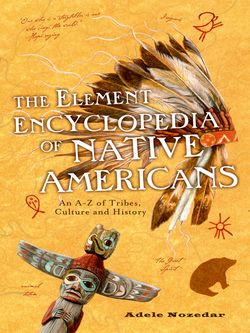Читать книгу The Element Encyclopedia of Native Americans: An A to Z of Tribes, Culture, and History - Adele Nozedar - Страница 62
BLUE JACKET
Оглавление1740(?)–1810
Also known to his own tribe as Weyapiersenwah, Blue Jacket was a war chief of the Shawnee people. We don’t have a great deal of information on his early life; he first comes into focus in 1773 when he would have been in his early thirties. He is first mentioned in the records of a British missionary who had visited Shawnee settlements, and mentioned Blue Jacket as living in what is now Ohio.
There’s a strange legend surrounding Blue Jacket: that he was, in fact, Marmaduke Swearingen, a European settler who had been kidnapped, and subsequently adopted by, the Shawnee. So far, though, no definitive information has proved this legend; rather, records describe Swearingen and his entire family as being fair-skinned with blond hair. If this description had been applied to Blue Jacket, there is no doubt that there would be some mention of it somewhere.
Blue Jacket was among the many Natives who fought to retain their land and their rights. During the American Revolutionary War, many Indians supported the British, believing that a British victory would end the encroachment of the settlers. When the British were defeated, the Shawnee had to defend their territory in Ohio on their own, a task they found increasingly difficult in the face of a further escalation of European settlers. Blue Jacket was a very active leader in his people’s resistance.
The pinnacle of Blue Jacket’s career as a war chief was when he led an alliance of tribes, alongside the chief of the Miami people, Blue Turtle, against the U.S. Army expedition led by Arthur St. Clair. The Battle of Wabash proved to be the most conclusive defeat of the U.S. Army by the Natives.
However, the American Army could not let this Indian victory go unchallenged, and raised a superior group of soldiers; in 1794 they defeated Blue Jacket’s army at the Battle of Fallen Timbers; the result was the Treaty of Greenville, in which the United States gained most of the former Indian lands in Ohio. A further treaty signed by Blue Jacket was the Treaty of Fort Industry, in which even more of the Ohio lands were taken by the U.S. Government.
Blue Jacket died in 1810, but not before he witnessed a new person take on his role as chief. Tecumseh carried on Blue Jacket’s fight to win back the Indian heritage in Ohio.
